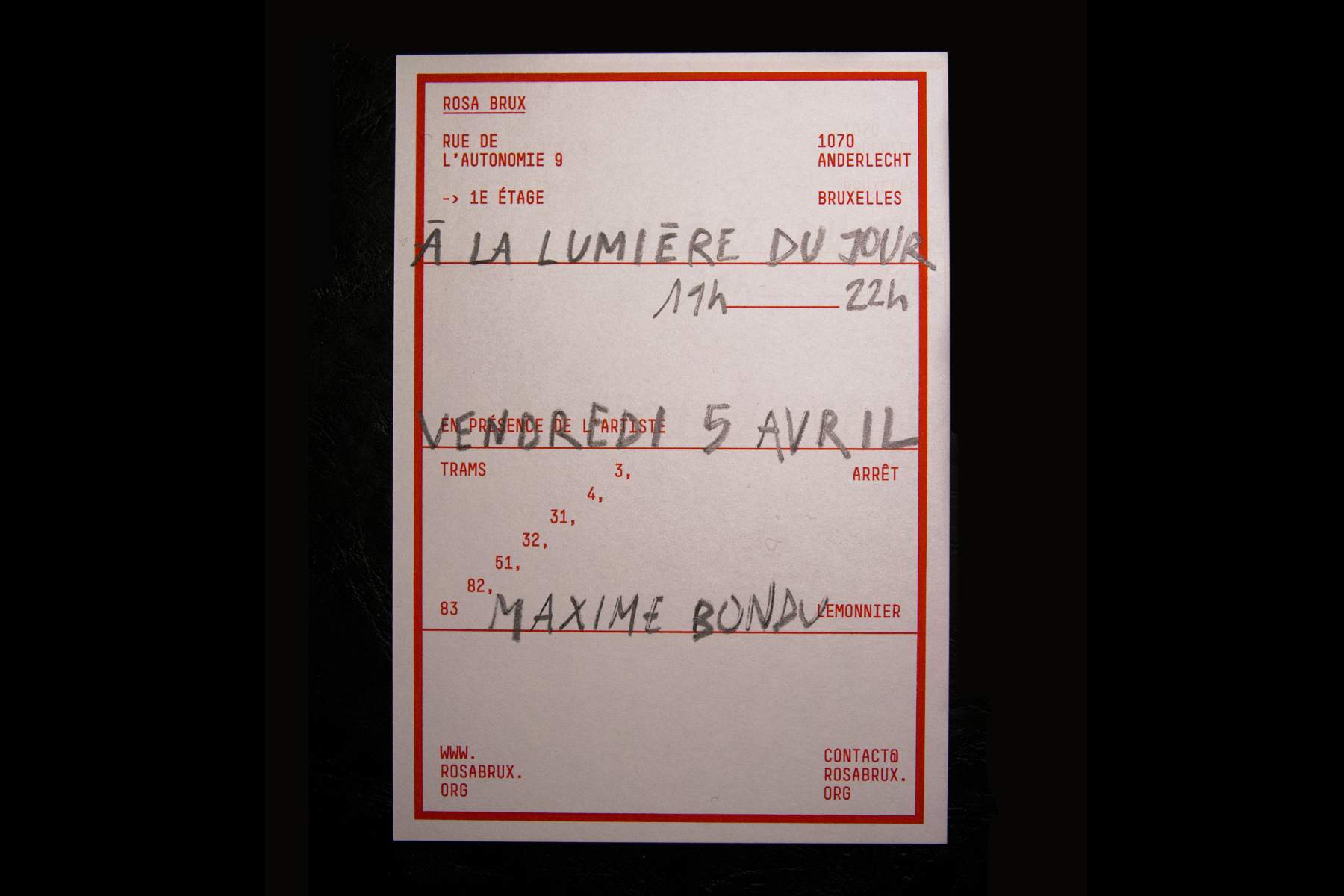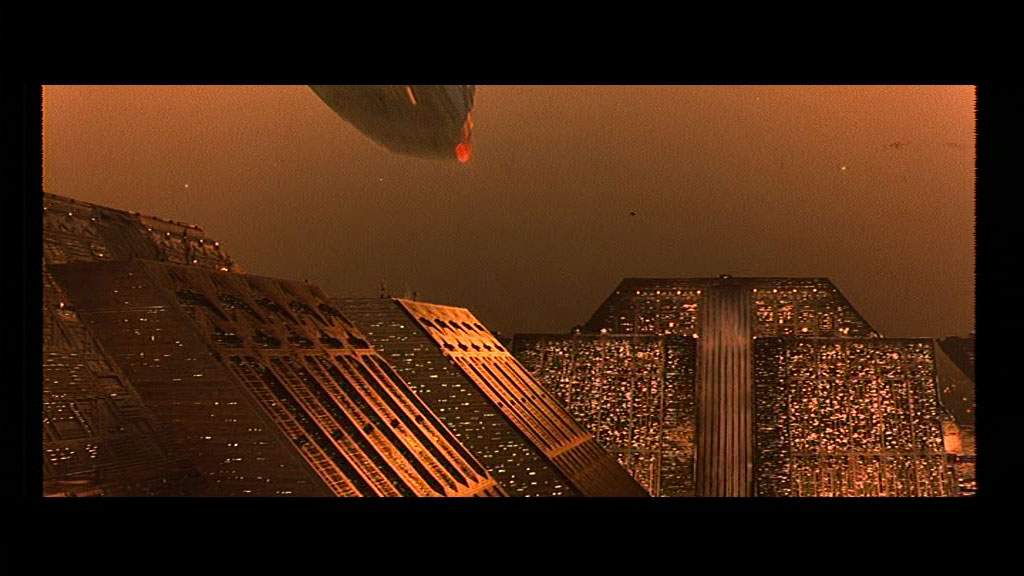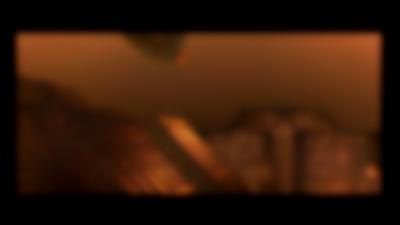A la lumière du jour, Maxime Bondu
06–07.04.2013
The feeling of deception appears like a form of nostalgia for reality. Literature is full of examples, from the genre known as uchronia to the science fiction that predicts the future. Maxime Bondu (Tournan-en-Brie/F, *1985) examines the forms and themes of our relationship to history and our projection into the future, both of these as mediators of the contemporary age, more than the opposite perhaps. Working with these stories, the artist produces others, slipping into the gray areas and illuminating them from within. He has learned old painting techniques to produce pictures that play on their own anachronism (2013); he has looked to manually remake the now-famous Livermore, California light bulb (continuously burning for well over a century now) in the age of planned obsolescence, which has become a controversial object (2012); he has likewise drawn on coincidences and recreated images, as always, in order to reinvent them (2012). He lists events that have blanks and thus lend themselves to various rereadings, storylines based on the deductions he makes as the person leading the investigation. He collects objects, goes through and analyzes archives, creates inexistant documents from their flaws in terms of their materials or their information, documents that nonetheless may conceal a clue about the state of the world.
As part of his show at Rosa Brux, Bondu articulates several on-going projects as his experiments in artmaking. One is built around electromagnetic pulse (EMP), a brief burst of electromagnetic waves that can annihilate electric equipment that is found in its field and, for example, paralyze communication systems. The phenomenon was discovered during the first atomic bomb tests and was quickly picked up on in the field of science fiction. Bondu creates a corpus of imagery from the phenomenon (conspiracy, apocalypse, etc.), building it around a selection of novels and films featuring EMP to which he adds a series of retouched photos of EMP tests conducted over Hawaii in the early 1960s. One of the other projects the artist has included in his exhibition at Rosa Brux is called The Rosen Association. First introduced in 2012 and jointly elaborated with the American architect Brent Martin, The Rosen Association is based on the Philip K. Dick novel Do Androids Dream of Electric Sheep? (written in 1966 and published in 1968), whose film adaptation by Ridley Scott, titled Blade Runner (1982), helped to draw widespread attention to the text. The title of Bondu and Martin’s own project is in fact the name of the corporation, The Rosen Association, that produces the androids at the heart of the story, inspired by humans and driven to “live” alongside them. Bondu and Martin have drawn up the design and blueprints of the association’s Californian headquarters which they have located in Los Angeles’s current topography. These faux archival documents come with a narrative context that describes in detail The Rosen Association site and research center.







